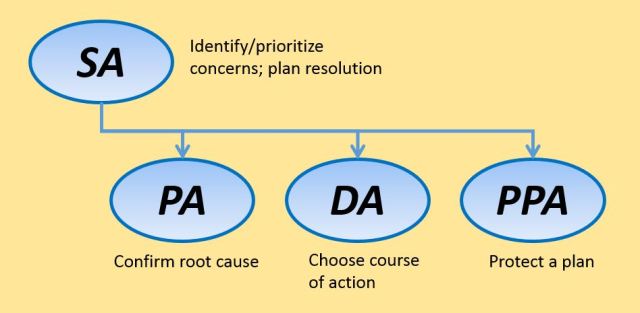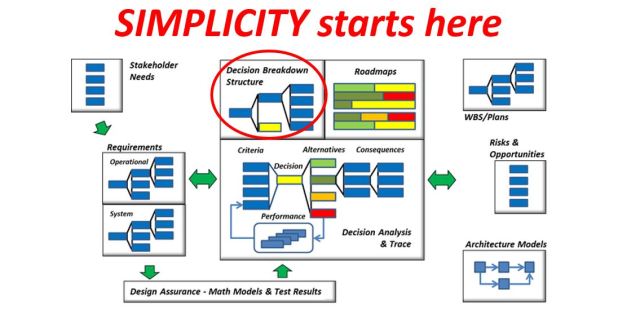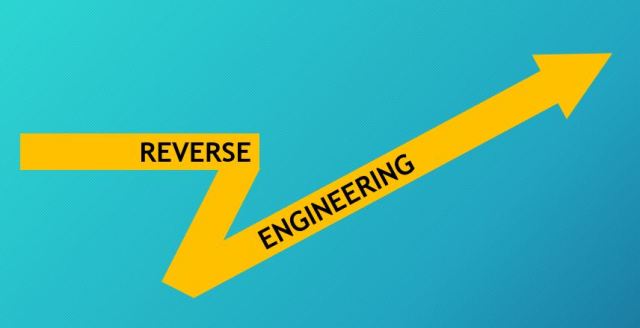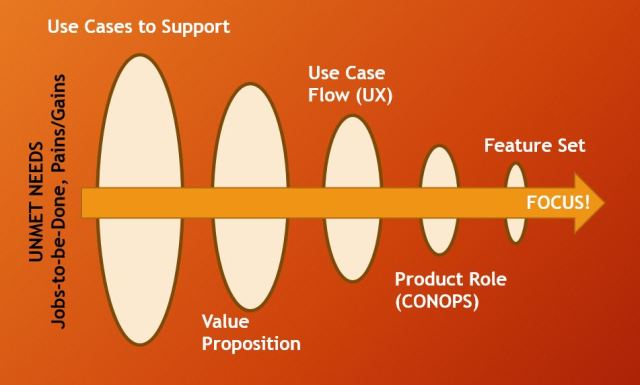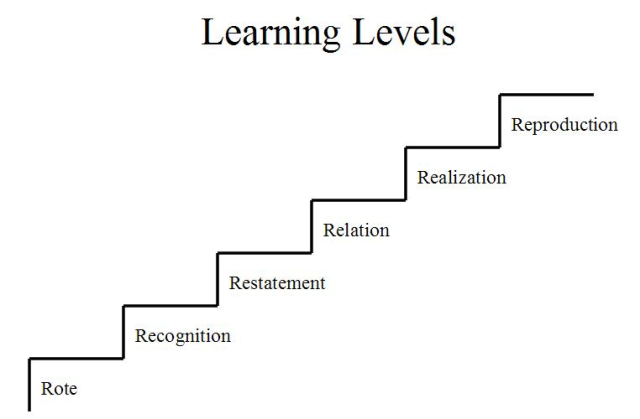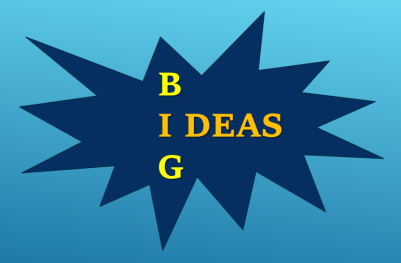This week I’ve been pondering how to communicate the value proposition for some new consulting services. They are not really new, i.e. we’ve done them in parts for many years, but newly packaged and aligned so that they can deliver better end-to-end results.
What differentiates a consulting organization? I think it’s the ability to deliver services that are:
- Strategic: Address the big, hard-to-solve challenges that an enterprise faces and that have short-term deadlines and long-term implications. Produce lasting change (new enduring capabilities and platforms), not just temporary relief.
- Pinpoint: Tackle these challenges in a lean/mean way that produces clear deliverables and measurable results without a lot of overhead. Demonstrate value in small chunks that build on previous successes. Adapt/pivot as needed based on the results of each task.
- Turnkey: Offload much of the effort and stress from the customer/client. Fill clear gaps in the customer’s skill set. Enable leaders and staff to focus on operational excellence, running today’s business while tomorrow’s is being invented.
In a sense, these value components are the antithesis of what most companies fear (rightly) about consultants:
- Over-hyped consulting engagements that exploit hot topics and buzzwords, produce lots of smoke (appearance of activity), but little heat/light (enduring progress/results). Strategic initiatives that leave executives asking “What did we get out of that investment?” and staff wondering “Whose brother-in-law works for that consulting firm?”
- Large footprint ever-growing initiatives that seem designed to drive up the consultant’s billable hours while “boiling the ocean”. Develop a “plan for plan for a plan” and never get to committed decisions and real execution. Principal consultants who vanish after project launch, leaving a junior team in place and the meter running.
- High maintenance consulting teams that sap time/energy from internal leadership and staff and negatively affect current operations. Consultants who don’t take an ownership stake in the problem and shirk accountability for results.
At Decision Driven® Solutions we are trying to be the former and replace the latter. To accomplish this, we take a long-term learning cycle view of our own capability development process, a beneficial feedback loop in which real-world Experience in delivering services enables our team to improve our Service Delivery Platform, leading to better-focused and more effective Services for future clients.
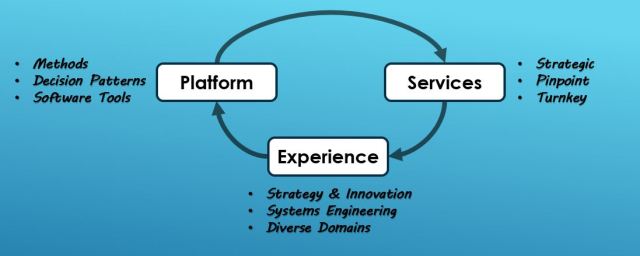
We think of our Service Delivery Platform, as consisting of three enablers:
- Unique Decision Driven® methods: Understanding of how decisions create the value in any enterprise and power business, innovation and engineering processes.
- Decision Patterns: Ability to frame any strategic situation as a Decision Breakdown Structure (DBS), a set of loosely-coupled questions that demand answers. Use this DBS as a framework to manage complexity, stimulate innovate, guide evaluation and execution and align the strategic roadmap.
- Software Tools: Decision Driven® Solutions Framework (DDSF), our third generation Decision Management tool suite that exploits decisions patterns and supports rich traceability between decisions and stakeholder needs, requirements, solution architectures and project plans.
Our platform didn’t invent itself; it was born out of:
- Decades of experiences in helping clients tackle hard problems in Business Strategy, Innovation/R&D, Systems Engineering, Product Development and Process Improvement.
- And decades of discovering thinking patterns and information architectures that cut across diverse industries and technology domains.
- All multiplied by a continuous learning mindset that harvests lessons learned from every engagement and makes sure that the platform can deliver such knowledge in actionable and easy-to-visualize form.
I’m interested in hearing from organizations who have used consultants for strategic initiatives in the past. What additional characteristics do you seek in your trusted consulting partners?


